In 2015, SI-DRIVE undertook a large-scale global desk research and mapping of social innovation (SI). The work, which is on-going, is focused around the seven policy fields of education and lifelong learning, employment, environment and climate change, transport and mobility, health and social care, poverty reduction and sustainable development. The global mapping of SI with 1.005 cases as result was completed in autumn 2015 (see graph 1). This will be followed up in 2016 with at least seventy case studies selected from the sample that take the work to greater depth through interviews, field work and observation.
Graph 1: Global distribution of collected SI-cases. Source: Antonius Schröder / Jürgen Howaldt TU Dortmund University
Since we do not know the basic population of social innovation initiatives the cases were collected by the SI experts of the SI-DRIVE partners. Therefore this distribution cannot be regarded as representative in a statistical sense. Nevertheless, it provides insight into the trends and distribution of SI across policy fields and into the variety and complexity of social innovation initiatives.
Differentiation: Initiatives and Practice Fields
In SI-DRIVE a case is a project/initiative and – if existing – its corresponding practice field: A project / an initiative is single and concrete implementation of a solution to a social demand, a societal challenge or systemic change (e.g. Muhammed Yunus’s Grameen Bank which lends micro-credits to poor farmers for improving their economic condition). A practice field is a generic type of project that expresses general characteristics common to different projects (e.g. micro-credit systems). This differentiation, when applied carefully, enables us to distinguish “typical” or likely patterns and case-specific features through a comparative methodology. In this way, it promises deeper insights into upcoming trends and ‘booming’ areas for solving social demands and societal challenges.
First mapping results along the ‘SI-DRIVE key dimensions of SI’
Graph 2: Five key dimensions of SI. Source: Antonius Schröder / Jürgen Howaldt TU Dortmund University
The cases are being analysed along the five key dimensions of SI, which were defined within the project (see graph 2). SIs cover a wide range and generally have a strong relationship to ‘social demands, unmet social needs and societal challenges’. Moreover the social needs and societal challenges that are addressed in the seven policy fields are highly diverse. They are mostly related to more than one policy field, and cover different crosscutting themes (e.g. human resources, knowledge, social entrepreneurship, economy, enterprises, ICT & social media, gender equality, diversity, migration, governance, demographic change). The distribution of the SI initiatives within the policy fields is shown in graph3, the distribution along the addressed cross-cutting themes in graph 4.
Graph 3: Policy fields the initiatives are addressing. Source: Antonius Schröder / Jürgen Howaldt TU Dortmund University
Graph 4: Cross-cutting themes the initiatives are addressing. Source: Antonius Schröder / Jürgen Howaldt TU Dortmund University
According to the SI key dimension ‘concepts & understanding’ (see also graph 1) a highly diversified list of practice fields and social initiatives are emerging. Quite often these practice fields and social initiatives do not designate themselves as ‘SI’. Referring to the SI-DRIVE definition of SI (see Howaldt et. al 2014) almost half of the initiatives are creating brand new solutions. One third is moderately modifying existing ones. Social demands and societal challenges are the main addressed societal level, but one in five initiatives is addressing the category systemic change as well.
Taking a look at the SI key dimension ‘governance, networks, actors’ all three sectors (public, private, civil society/NGO/NPO) and all four actor areas (civil society, policy, economy and university/science/research) of the social innovation eco-system are represented across all the policy fields. Funding but also idea development and knowledge are the main types of support delivered by the actors within the initiative. In almost half of the initiatives there is a direct user / beneficiary involvement. Social initiatives are often related to networks, social movements, umbrella organisations, and policy programmes (see graph 5).
Graph 5: Initiatives related to… Source: Antonius Schröder / Jürgen Howaldt TU Dortmund University
With respect to the key dimension ‘resources, capabilities and constraints’ a first overview show that SIs are funded by different sources: own resources and contributions of the partners as well as public, civil and private funding. SIs are mainly driven by societal challenges and local social demands as well as individual persons, groups and networks. Main barriers are funding challenges, lack of personnel, knowledge gaps and legal restrictions.
First analysis of the last key dimension ‘process dynamics’ led to the results that
- most of the collected SIs have been running for ten years,
- more than half are generating impact, and
- one third are already in the implementation phase.
Although mainly all initiatives are scaling there is almost no or limited (local, regional) transfer of the solution. Transfer and scaling is done mainly within the initiatives (extending target groups and network, growth) and by the project partners.
Presentation of results
First findings of the global mapping were presented at the SIERC Conference, 11th of February 2016 at Massey University Auckland in New Zealand through TU Dortmund which is the coordinator of the SI_DRIVE project (link to the article: SI-DRIVE: First mapping results presented at SIERC conference in Auckland). Special attention was paid to the question of how to improve impact.
Since a second stage analysis will follow, comprehensive conclusions should not be drawn at this stage. The purpose of this second stage analysis is:
- to explore key issues that are pertinent to the support/success or detriment/failure of the cases;
- to explore possible trends and drivers that will shape the future of social innovation in the respective areas.
In addition, this cross-cutting thematic analysis will enable the identification of key policy issues of citizen empowerment, access to finance, scaling-up models, skills and training, social entrepreneurship and collective creation and diffusion.
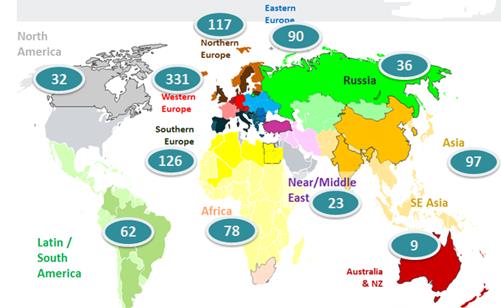
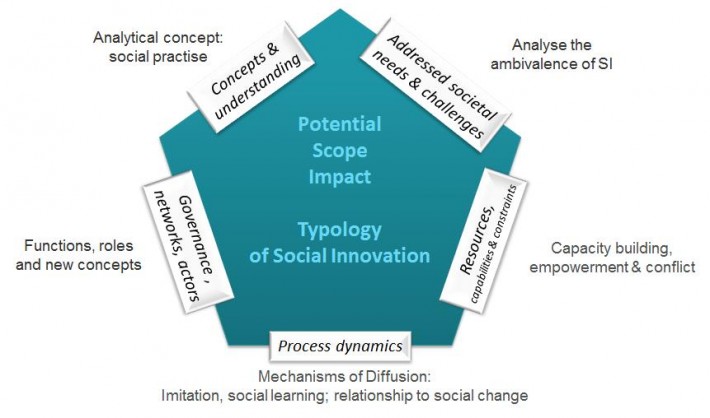
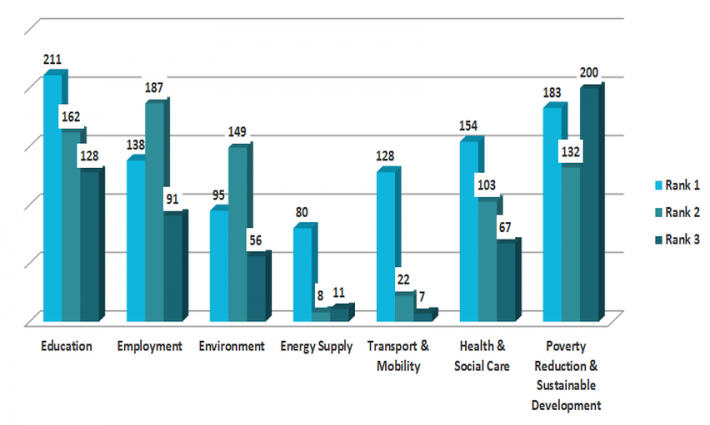
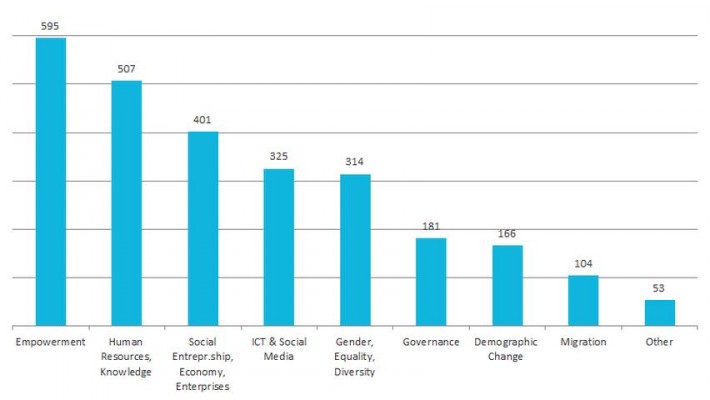
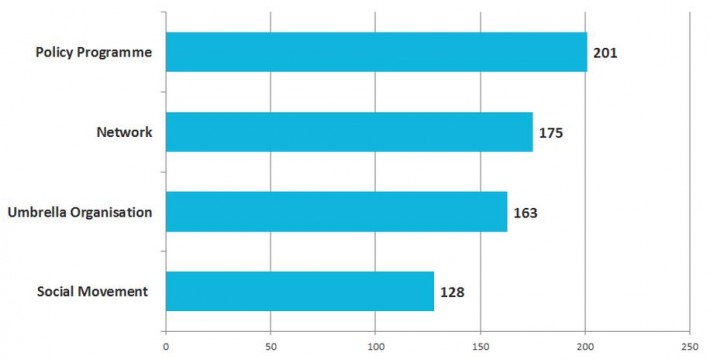
2 thoughts on “Global mapping: First results”
Comments are closed.